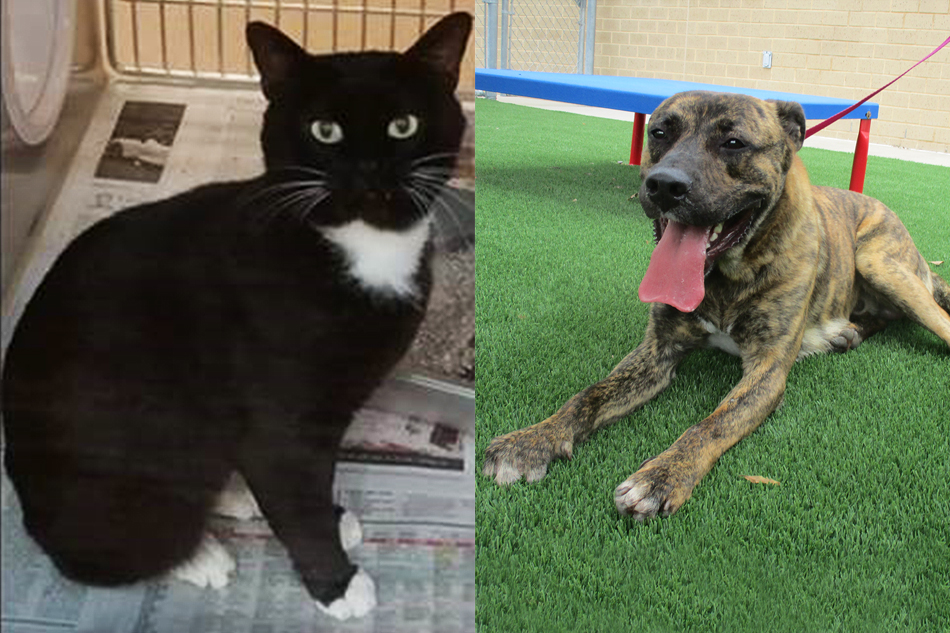Your pet or pets are important to you, perhaps even a lifeline immediately after your husband’s death. That’s why your pet’s protection during an emergency and at your disability or death takes on a sense of urgency. The key to your pet’s safety is to be as prepared as possible before an emergency strikes.
Here are a few suggestions to protect your Pet or Pets in an emergency and at your disability and death. Assemble a Pet Safety Kit. Carry a Pet Care Card. Create a Pet Information Record including Medical History and your Pet’s Care Plan. Prepare for evacuation, just in case. Choose a successor Caregiver and create a Letter of Instructions.
A Pet Safety Kit includes everything your pet will need to survive and be as comfortable as possible until the danger passes. For example:
- Food and water for at least 5 days for each pet.
- Pet bowls and a manual can opener.
- Medications and medical records stored in a waterproof container. Be aware of the expiration dates and rotate the medications as necessary.
- Identification tag that’s up to date and securely fastened to your pet’s collar. Include your cell phone number and the phone number of a friend or relative outside of your immediate area. If possible, attach the address and phone number of your evacuation site. If your pet gets lost, his tag is his ticket home. Have a current photo of your pet for identification purposes.
- First aid kit and a pet’s first aid book.
- Cat litter box, a litter scoop and litter garbage bags to collect pet waste.
- Sturdy leashes and carriers for each pet to transport pets safely and to make certain that your pets can’t escape. Carriers should be large enough for the animal to stand comfortably, turn around and lie down. Your pet may have to stay in the carrier for hours at a time while you’re away from home. To accommodate smaller pets have a secure cage with no loose objects. Include blankets or towels for bedding and warmth.
- Current photos and descriptions of your pets to help others identify them in case you and your pets become separated and you have to prove that they are yours.
- Pet beds and toys to reduce your pets’ stress but only if you can easily take them with you.
- Pet Information Record that includes your emergency caregiver’s information, your pet’s feeding schedule, medical conditions and the name and number of your veterinarian.
Other useful items include flashlights, blanket, yard stake and long leash, newspapers, paper towels, plastic trash bags, grooming items and household bleach.





